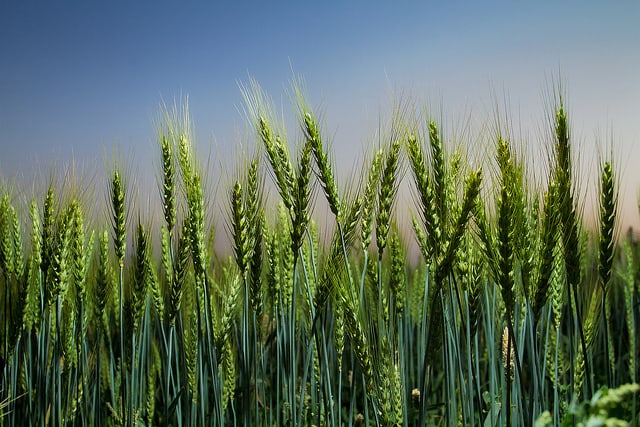Scientists harness genetics to develop more “solar”- and structurally-productive wheat
In early outcomes, partners in the International Wheat Yield Partnership (IWYP) are finding evidence that increased photosynthesis, through high biomass, improvements in photosynthetic efficiency, and improved plant architecture, can help make wheat more productive, as the Partnership progresses toward meeting its aim of raising the crop’s genetic yield potential by up to 50% over the next 20 years.

Photo by A. Yaqub (CIMMYT)
Wheat provides approximately 20 percent of humanity’s protein and calories. The rate of yearly genetic gain for yield has slowed in recent decades to less than 1 percent, according to Hans Braun, director of CIMMYT’s global wheat program.
“To avoid grain shortages and price hikes that most sorely hurt poor consumers, who spend a large portion of their income just to eat each day, we need to achieve an annual yield growth rate of at least 1.7 percent,” said Braun.
IWYP research outputs are building on and will amplify physiological breeding approaches, according to Matthew Reynolds, CIMMYT wheat physiologist. “We’ve implemented these approaches recently in our wheat breeding programs and results from international trials already show a boost in genetic yield gains,” he said.
A long-term, global collaboration, IWYP brings together funding from public and private research organizations of many countries. Currently, this includes Agriculture and Agri-Food Canada (AAFC), BBSRC, CIMMYT, the Department of Biotechnology of India (DBT), the Grains Research and Development Corporation of Australia (GRDC), the Institut National de la Recherche Agronomique of France (INRA), SAGARPA, the Syngenta Foundation for Sustainable Agriculture (SFSA), the United States Department of Agriculture (USDA), and USAID. Over the first five years, the growing list of partners aims to invest up to US $100 million. Further details can be found at https://iwyp.org.
Mike Listman
CIMMYT
This article’s original version is posted on the CGIAR Research Program on Wheat website.




